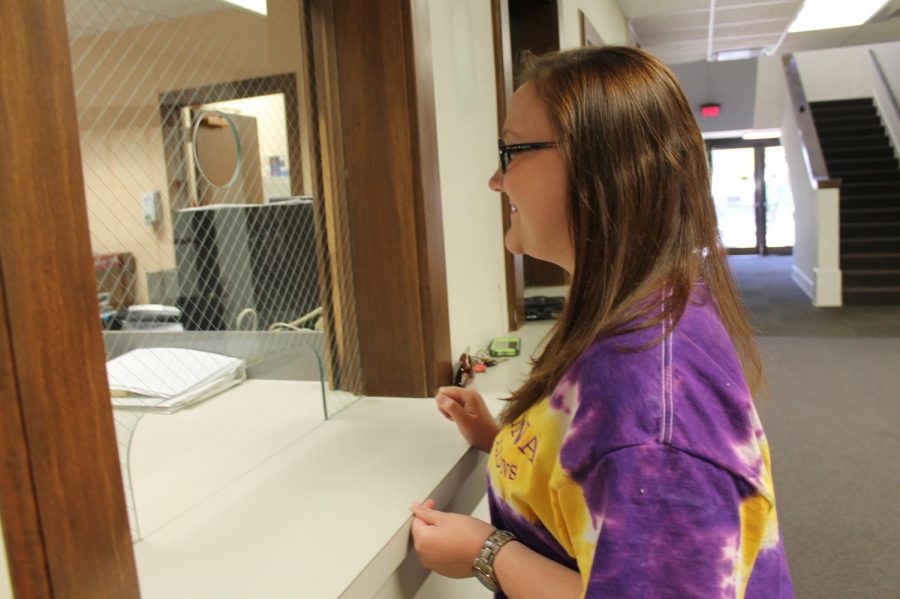UNA students taking fewer hours and graduating later
October 30, 2015
Most students come to college with the expectancy of graduating in four years. However, most students take longer to get their degree.
Historically, universities encouraged students to graduate within four years and most universities, including UNA, still encourage that plan. However, students take fewer hours than needed to graduate in four years.
“We are seeing students taking fewer hours,” said Vice President for Business and Financial Affairs Clinton Carter. “Fifteen hours used to be the median, but it is lower now.”
If a student takes 15 hours per semester and passes, they will graduate within the old four-year expectancy. The university considers 12 credit hours full-time enrollment.
The average number of hours full-time students take per semester at UNA is 13.8, two credit hours lower than the needed amount to graduate in four years, according to a report from the Office of Institutional Research, Planning and Assessment.
In the early 2000s, UNA exercised a 12-hour flat rate, which encouraged students to graduate in four years, Carter said.
The flat rate made the cost for 12 hours and 16 hours the same for students, but with the national trend of students graduating in five years instead of four, university officials wondered if students would take advantage of this flat rate.
Carter said the university is not considering going back to the flat rate because of the benefits the current model gives to students.
The university used the previous model to help students graduate in a timely manner and save money, he said.
“Our goal is to help you get your degree as soon as possible,” Carter said.
With outside complications, such as work or life obstacles, the average student is now graduating in five years.
Senior Taylor Edwards said she expected to graduate in four years, but after taking an internship and figuring out what to do with her degree, she is on her fifth year.
“I’m ready to get out, but, for a normal college student, I think 12 (hours per semester) is enough,” Edwards said.
Senior Nikki Lowery said now that college students are working while going to school, it is a lot easier to lessen the school load by taking fewer classes, which leads to a later graduation.
If UNA used a flat rate again, it would only affect full-time students. As in the past, only students who exceeded the 12-hour minimum could use the flat rate. Carter said the student is then, indirectly, given the choice of taking 15 hours or 12-14 hours, not utilizing the opportunity.
“In theory, you’re not paying for 12 hours, you’re paying for 15 hours,” Carter said. “If you take 12 hours, you basically paid for 15 without taking it.”
Junior Quint Glover said most students are working long hours while going to school full time which does not leave a lot of room for other things.
“If a student is basically obligated to take an extra class, there is going to be a lot more stress on that student,” Glover said. “I think that would actually be hurting the current student rather than helping.”
Carter said UNA no longer uses the flat rate because they wanted to emphasize only billing students for what they are taking. With the flat rate, students were billed for hours they were not taking. he said.


